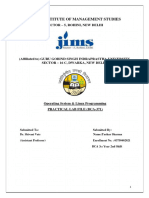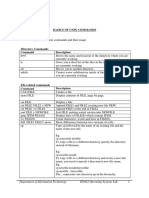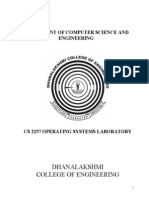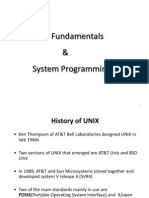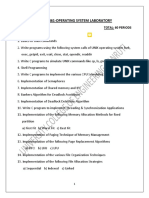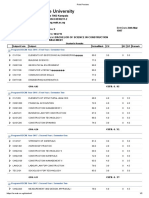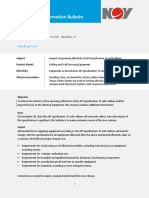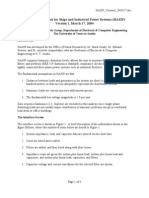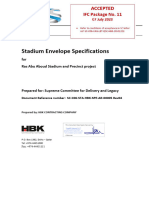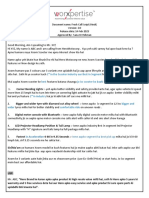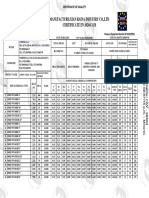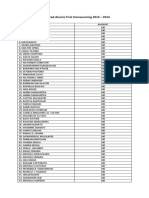0% found this document useful (0 votes)
55 views55 pagesWhat Is Linux?
Linux is an open-source operating system originally developed for PCs that is now available on many hardware platforms. It has features like multitasking, multi-user access, memory protection between processes, and virtual memory. Linux is built and supported by a large international community that develops and shares free, open-source software like graphical interfaces, office applications, and more. The Linux architecture uses a monolithic kernel design with features like demand loading of executables, copy-on-write shared pages, virtual memory, and dynamically linked shared libraries. Basic Linux commands allow users to display messages, manage the terminal screen, view system information, work with files and directories, and more.
Uploaded by
rmnjit kaurCopyright
© © All Rights Reserved
We take content rights seriously. If you suspect this is your content, claim it here.
Available Formats
Download as PDF, TXT or read online on Scribd
0% found this document useful (0 votes)
55 views55 pagesWhat Is Linux?
Linux is an open-source operating system originally developed for PCs that is now available on many hardware platforms. It has features like multitasking, multi-user access, memory protection between processes, and virtual memory. Linux is built and supported by a large international community that develops and shares free, open-source software like graphical interfaces, office applications, and more. The Linux architecture uses a monolithic kernel design with features like demand loading of executables, copy-on-write shared pages, virtual memory, and dynamically linked shared libraries. Basic Linux commands allow users to display messages, manage the terminal screen, view system information, work with files and directories, and more.
Uploaded by
rmnjit kaurCopyright
© © All Rights Reserved
We take content rights seriously. If you suspect this is your content, claim it here.
Available Formats
Download as PDF, TXT or read online on Scribd
/ 55















